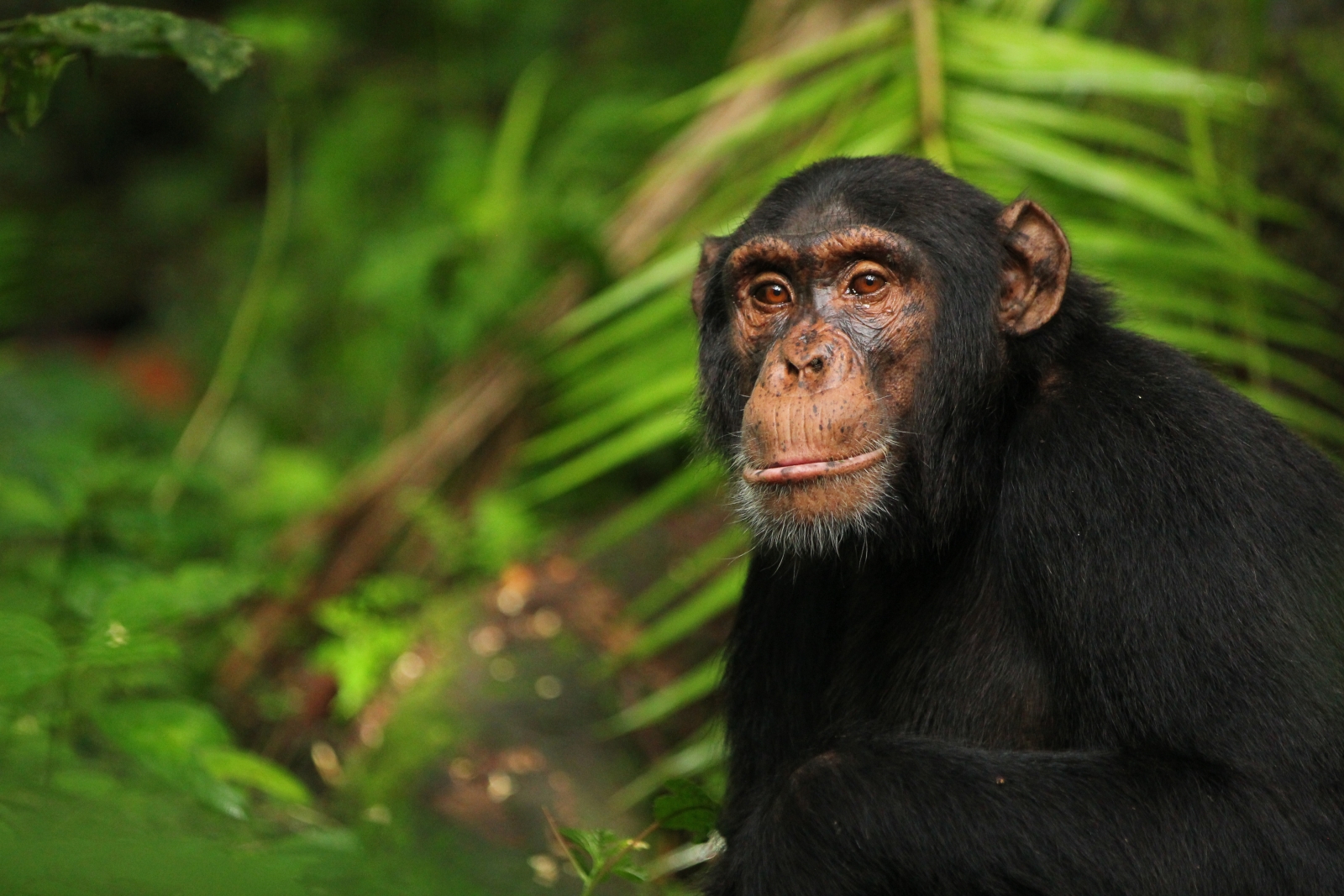

In wild bonobos, the mortality rate in adult males seems to be higher than in females. Corresponding data from bonobos are biased towards captive individuals but suggest a similar result: males have a shorter life expectancy than females.

In wild and captive chimpanzees, males have a shorter life expectancy and a reduced survival probability than females, perhaps due to higher male mortality rates across all age classes. For example, aging in bonobos and chimpanzees is associated with an accumulation of bone traumata, decreases in bone minerals and bone mass, brain weight loss, gradual decrease in cognitive and motoric skills, and reproductive senescence in females and males. īonobos ( Pan paniscus) and chimpanzees ( Pan troglodytes) are sister species and share life history traits such as slow maturation, late onset of reproduction, and phenotypic traits of aging. Therefore, aging is the balance between physiological damage and repair. Individuals are exposed to challenges to physiological homeostasis throughout life, but the capacity of the coping mechanisms associated with such challenges declines with age. Īging is defined as the age-related deterioration in physiological functions necessary for survival and fecundity. “ Some have suggested that ageing is too complicated for serious scientific study, or that it is like a slow-motion car crash - everything just gets wrecked”. To better understand the causes for sex differences in this aging marker, consideration of behavioural parameters such as competition and stress exposure will be required as well as other physiological markers. We conclude that there is great potential for studying aging processes in hominoids, and perhaps also in other non-human primates, by measuring α-Kl levels. In humans, higher cortisol levels were found to be related to lower α-Kl levels. We suggest that contrasting sex differences in adult α-Kl levels mirror the dominance relations between females and males of the two Pan species and that this might be related to corresponding sex differences in their exposure to stress. In chimpanzees, we found the opposite: males had higher α-Kl levels than females. Adult female bonobos had higher α-Kl levels than males, a difference that corresponds to the pattern found in humans. We also found species-specific differences.

In both species and in both sexes, α-Kl levels declined with age suggesting that this marker has potential for aging studies beyond humans. We measured serum α-Kl levels of 140 subjects from 16 zoos with an ELISA to examine if α-Kl levels reflect this difference in life expectancy. As in most mammals, female bonobos and chimpanzees have longer life expectancy than males. Our cross-sectional study is the first on α-Kl levels in two long-lived species: bonobos ( Pan paniscus) and chimpanzees ( Pan troglodytes). In non-human animals, information on α-Kl levels is rare and restricted to experimental work. Sex differences in α-Kl have been linked to a shorter lifespan, as well as to specific morbidity factors such as atherosclerosis and arteries calcifications. Both sexes show an age-related decline in α-Kl, but throughout life women have higher levels than men of the same age. In humans, an intrinsic factor related to aging is soluble alpha klotho (α-Kl). Sex-specific differences have been related to extrinsic factors like mate competition and/or intrinsic proximate mechanisms such as hormonal changes. In many species, sex differences exist in life expectancy. Throughout life, physiological homeostasis is challenged and the capacity to cope with such challenges declines with increasing age.


 0 kommentar(er)
0 kommentar(er)
